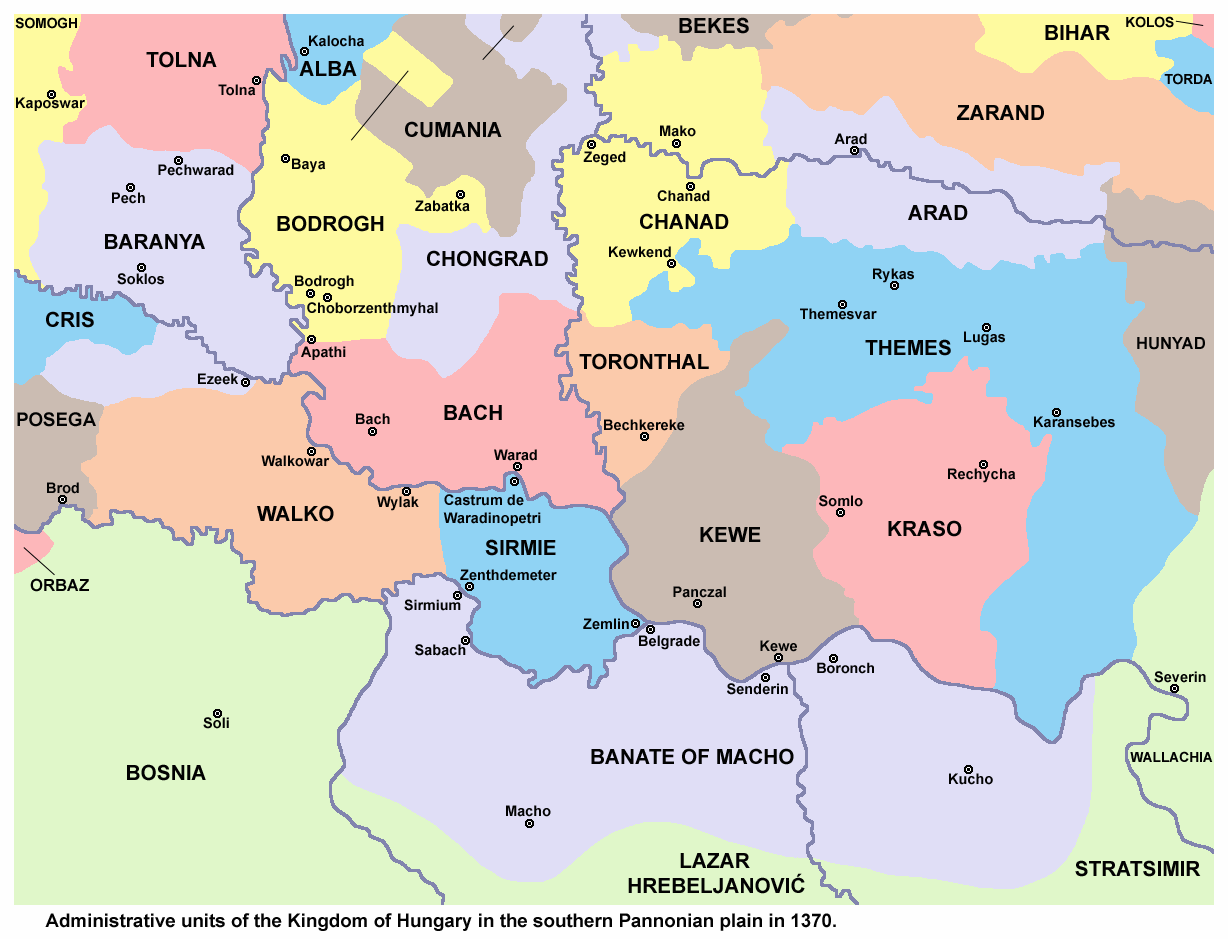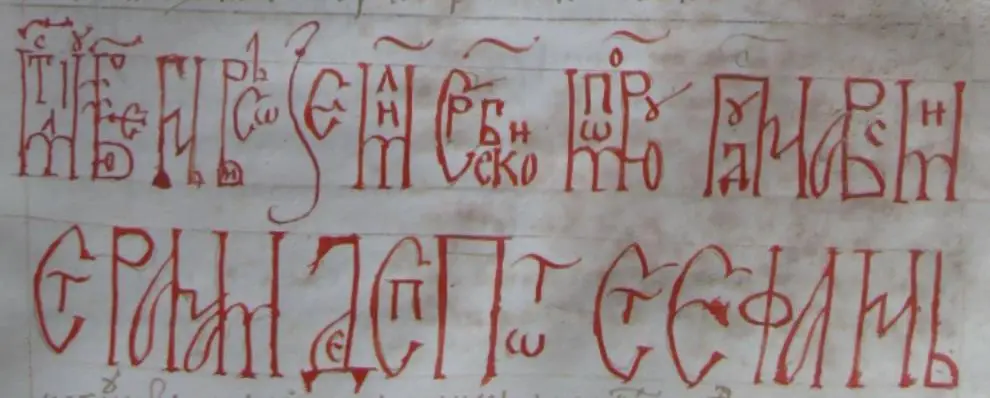By Jovan Dučić
First published in Amerikanski Srbobran, 1942
X
We have seen that until the dawn of the XIX century there was naught between Serbs and Croats but persecution and slaughter; and that even in the XIX century Croat politics moved only within the Austrian framework and Catholic propaganda, coupled with great conspiracies against the Orthodox areas. Therefore, there was never, through the countless generations of Serbs and Croats, a sign of national solidarity and blood affinity. Here is some more evidence.
When Serbia started great uprisings for the liberation of the Balkans under Karađorđe in 1804 and afterwards under Miloš and when they were creating the first Christian state in the non-Christian and barbaric empire on the European East, not one Croat had, as a Slav and a Christian, come as a volunteer to aid the Uprising. Apart from the Montenegrins, Herzegovinians volunteered in Serbia and produced a famous vojvoda; so did Macedonians, who produced two vojvodas; so did Bosnians, who produced the great poet Filip Višnjić, Tyrtaeus of that Uprising; so did Bokelji; so did Vojvođani, who gave skilled officers and learned advisors;1 even the Greeks, who stuck to their “Eteria”2 and gave to Serbia one of their heroes, Rigas Feraios. The only ones not even getting a mentions were the Croats! – Not a Croat volunteer came there when Serbia was later at war with Turkey in 1875, not with Bulgaria in 1885, not with Austria-Hungary in 1914! To the contrary, the most bloodthirsty along the Drina and on Cer, on the frontlines and especially in the Serbian villages, were the Croats…
In the previous war of 1914, Croat prisoners from the Russian front, officers of the Austrian army, including reserve officers and intellectuals, aimed through Frano Supilo, who was at the time in Russia “on a mission”, to get the Russians to allow the formation of a special, and separate, “Croatian Prisoners Corps”. This attracted Slovenian officers as well to jointly work on spreading defeatism. Not only did the famous Tuma edit a separatist newspaper, aided by Slovenian officers through a certain Perkle, but wit Gerluc he made it so that 100 Croat and Slovenian officers left the Corps… Geoluc, the editor of “Hrvatsko Pravo”, openly propagated the separation of Croats and Slovenes from Serbs. The Italian consul got involved in this through certain Pičinić and Aralica. As you can see, already then and already there: a miniature of the future Yugoslavia… (see “Slovenski Jug”, II, 29 Apr 1917., article by Dr Jambrišak, a member of the Yugoslav Committee). – Then together with Slovenian officers they work on proclaiming an “Independent Croatia and Slovenia”, as Franjo Potočnjak himself writes in his book “Iz Emigracije”. II. 51. – When 4000 volunteers left from Russia to the Macedonian front to help the Serbian army, almost all of them Serbs, Croats attempted to make their own “Zrinski’s company”, but they were not numerous enough to form even that single company!… This would later be told to friends by the commander of this “Yugoslav Division”, General Voja Živanović (as written by Dr Milosavljević in his book).
Always separated in private and public life, Serbs and Croats truly represent two peoples the least alike and least capable of personal contact. Such a case has only been seen among peoples of different skin colour. In political struggles and print, they were always opponents, if there was not a temporary and always loose agreement against an opponent; and always in the short term. – Serbians do not know of this. They will always be ready to die for Bosnia and often did so, but never ready to live for it. Not even put in the effort to learn its life and its unbending laws.
One should have followed what through many decades wrote those pitiful soldiers of Rome and Vienna in foreign lands about the illustrious Serbian kind, ever since Croats learned how to write štokavijan, which is to say in a language understandable to those against whom their abuses were aimed. “Crvena Hrvatska”, Frano Supilo’s newspaper from Dubrovnik, founded in 1891 and “Narodni List”, founded at the start of the national struggle in Dalmatia, had bouts of clinical rabidity against Serbs, their fellow citizens, at certain times. And when in 1893 there was an unveiling of a monument to the poet Gundulić in Dubrovnik (who wished upon the Polish King in his “Osman” to put on his head the glorious crown of the Nemanjić dynasty), during the festivities there stood, like two armies ready to charge each other, Serbs and Croats from the surrounding lands. Similarly our youth in Graz and Vienna, never had any community, but, to the contrary, were infamous for decades for their brawls in the taverns and streets of those towns.
Yellow ants! In Croatia there was blood spilled over a Serbian article in “S. K. Glasnik” in 1903; a second time when the assassination happened in Sarajevo in 1914; a third time in 1918, when during the Prevrat in Zagreb when a great number of Serbs died horrendously… And so through the decades. No matter how sad this is from a humane and Slavic aspect, Serbian policies about the future should have been more closely aligned with science and history and know well these inexplicable moments of national and religious insanity in order to avoid building a common house on such feelings, where as soon as tomorrow this insanity would continue, via the murder of an honourable King;3 the slandering of a great and knightly people, a betrayal of its two Serbian states4 on the front lines, entered into a union with little brains, but much love; and for them to slaughter this time hundreds of thousands of Serbian nejač.5 A state could not have been built on this sand of only inverting the truth of Illyrism and Strossmayer and the silence about a cruel historical reality, just like without specific scientific and moral conditions one does not build a brewery, tillery or a village savings institution… It is no wonder that it is claimed that the old Serbian statesman Nikola Pašić said about this Yugoslavia, the likes of which he never imagined, that it is, unfortunately, a ship for which no one knows where it will finally moore.
Translated by Books of Jeremiah
- Bokelji refers to natives of Boka Kotorska, today a part of Montenegro, but for a long time controlled by Venice and Austria-Hungary; Vojvođani are residents of Vojvodina, former southern Hungary until 1918. After the Great Migrations in the XVII century, Hungary (up to areas north of Budapest) became one the main centres for Serbian intelligentsia. ↩︎
- Filiki Eteria or Society of Friends, a secret political and revolutionary society founded in Odessa, mainly comprised of Greeks ↩︎
- King Aleksandar I Karađorđević, who was assassinated in Marseille 09.10.1934. while working with the French to strengthen the “Little Entente” aimed at containing Germany. The assassination was carried out by a Bulgarian member of IMRO/VMRO, which aimed to have Macedonia be a part of Bulgaria. IMRO/VMRO was in alliance with Croatian Ustaše and the assassin had three Croatian accomplices who traveled with him ↩︎
- Serbia and Montenegro ↩︎
- A term to describe women, the old and infirm and children, “the weak ones” or the ones who can not be expected to participate in a war under arms ↩︎



